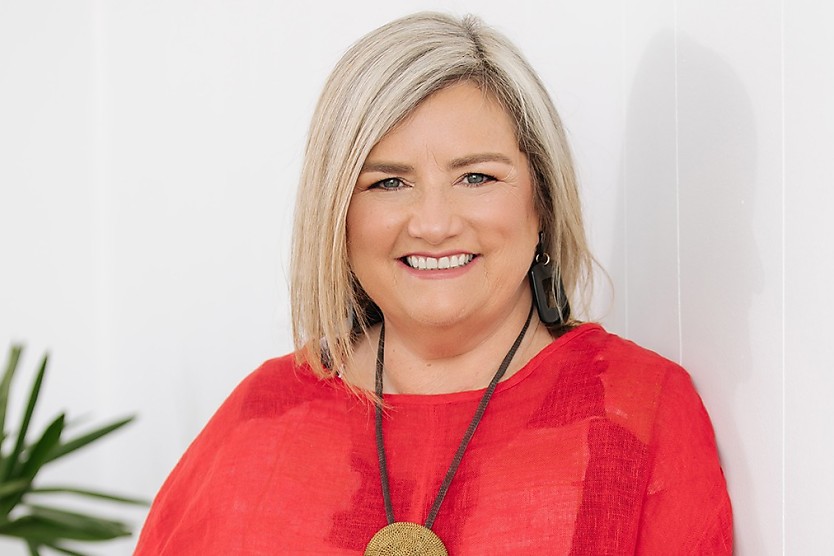Adaptive capacity versus surge capacity explained by productivity coach
SHARE THIS ARTICLE

Donna McGeorge is a productivity coach and the author of the It’s About Time series. She joined The HR Leader to explain adaptive capacity and surge capacity, and how understanding these ideas can help with productivity.
“Your capacity is a product of time and energy… If I've got plenty of time and plenty of energy to do the stuff I need to do, I would say you've got adaptive capacity,” said Ms McGeorge.
“Surge capacity is where I have very little time. I'm energised because we can always find energy to surge. It's a nature of being a human being; we seem to always be able to dig that little bit deeper … until we can't.”
The ideal scenario is to have adaptive capacity. Having the time and energy required to complete a task is always ideal.
Surge capacity should be avoided. Ms McGeorge noted it is unrealistic to never experience surge, but: “It's just not sustainable and people aren't able to rest. So, surge capacity's okay, if it's short term.”
An example of surge capacity is: “There was a ban on people from the UK [donating blood] who'd been there in the '80s and that's just recently changed… during the week where that ban was lifted, they [healthcare workers] did surge capacity,” said Ms McGeorge.
“They knew there were extra people coming in, the donor centres were overflowing and that's appropriate surge. But then, if it was like that every single day all the time, there's no way those donor centres could survive.”
These are the times where surge capacity is necessary. What becomes the exception should not become the norm though. Adaptive capacity is what all employers should stive for in order to ease workers’ stress.
Ms McGeorge said: “I want everyone to have adaptive capacity. This is where we've got space, whether it's thinking and breathing space or whether it's space in our diary or space on our desk.”
“The magic number for me is 15 per cent. We've got 15 per cent space around us where if something happens, we've got space to respond positively to it.”
She continued: “So, in a day that's about 1.2 hours, [in the] work week it's about six hours and we protect that time. It's not lunch, this is in addition to lunchtime that at the worst-case scenario, nothing happens and you've just got an extra hour in your diary every day.”
“You're doing the things that you get to play catch-ups, you get to choose, and then you've got space for unexpected things that go wrong or a great project opportunity comes up. Or you can start really thinking and planning about future stuff you want to work on. So, I absolutely think adaptive capacity is what everyone needs, particularly managers and leaders,” explained Ms McGeorge.
The transcript of this podcast episode was recorded on 11 August 2022, and when quoted above, was slightly edited for publishing purposes. The full conversation with Donna McGeorge is below.
RELATED TERMS
Coaching differs from training in that it frequently focuses on a narrower range of abilities or jobs. This might be done as a part of personnel upskilling or performance management. Both internal trainers and outside coaches may carry out this task. Coaching occasionally includes assessments and performance feedback.
Mentoring pairs up less experienced workers with more seasoned ones to provide coaching, training, and development. This can be done informally or formally, with meetings and quantified results.
Jack Campbell
Jack is the editor at HR Leader.

